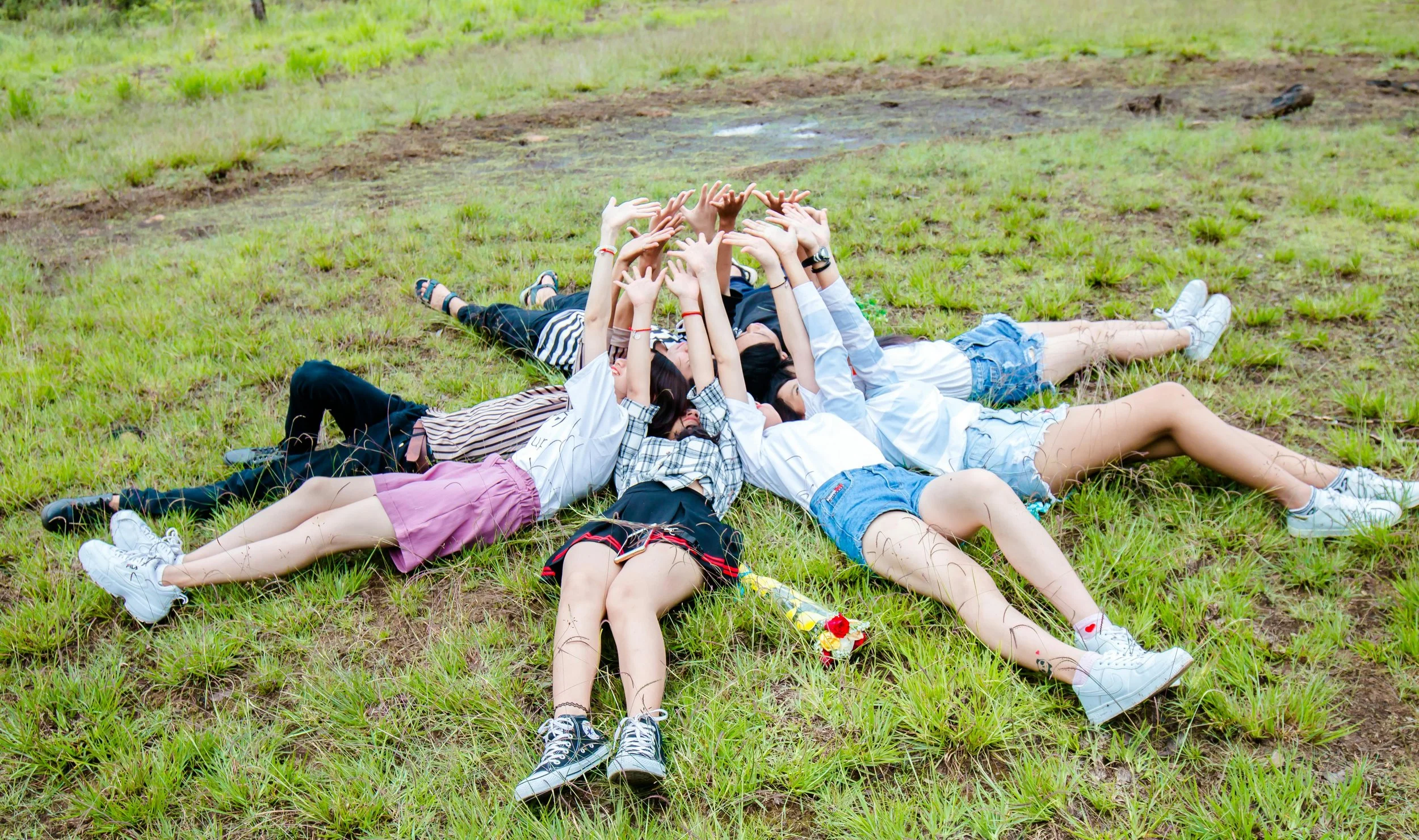We Are the Sum of the Five People We Spend the Most Time With
“You are the average of the five people you spend the most time with.” – Jim Rohn.
That quote has been echoed by many thought leaders, including Jack Canfield, and it’s one I’ve come to deeply understand, not just intellectually, but experientially.
Over the last few decades, I’ve been fascinated by energy, mindset, and how they shape organizational culture, leadership effectiveness, relationships, families, and communities. When I first heard that statement in the early 2000s, I took a hard look at my own life. At that time, nearly everyone I spent time with was in the recruiting industry. We were high-achieving Type A personalities, driven by numbers and fueled—if I’m honest—more by fear of failure than by a higher vision.
In my social life, I had two main friend groups:
The “Cruiser Moms” — neighborhood friends who loved big parties, big drinks, and “Sunday Fundays.” Sobriety wasn’t part of the equation.
The Scout Moms — women from my children’s Cub Scout troop, many of whom were struggling with identity, purpose, relationships, or health.
Then there was my professional community, and eventually, a Landmark transformation group focused on personal growth, self-improvement, and possibility. I even tried to bring these communities together once at a fundraiser, but it became glaringly obvious they didn’t mix.
The truth was, I wasn’t consciously choosing who I spent my time with. I simply accepted whoever showed up. In the workplace, you find the right people through behavioral interviewing, relationship building, and shared vision.
Choosing With Intention
Over about five years, I began asking harder questions about who I was as a human, as a leader, as a spiritual being, as a mother, and as a friend.
I realized I wanted more connection rooted in shared values: health, joy, contribution, and growth mindset. Slowly, my circles began to shift toward building fulfilling relationships that energized me and challenged me to grow.
Today, I’m surrounded by people who are:
Health & wellness advocates — friends who see well-being as a lifestyle, not an occasional fix.
Outdoor adventurers — people who thrive on hiking, cycling, and community fundraisers that challenge body and mind.
Growth-focused explorers — friends who join me at meditation retreats, yoga workshops, and consciousness events.
This doesn’t mean I cut ties completely with old friends. But I became clear about which relationships energized me and which drained me, and I adjusted my time accordingly. This clarity was key in attracting like-minded people who were also committed to growth and contribution.
Energy Matters
At 60, I can say that nearly everyone in my inner circle shares a growth-oriented mindset. The people in my life:
Uplift rather than complain.
Create instead of criticize.
Seek possibilities over problems.
When I meet someone with a fixed mindset, heavy negativity, or drama addiction, the connection naturally fades. Not because I judge them, but because our energy alignment is not there.
I’ve learned that when I hang up the phone or leave a conversation, I want to feel better than when it began. That’s a simple but powerful filter for relationship building that lasts.
How to Consciously Curate Your Circle
Identify Your Models
Write down the five people who inspire you most. List their traits and values. Look for patterns and draw parallel lines between commonalities. Those are the qualities you want more of in your own life.
Find the Right Environments
Ask yourself: Where would people like this spend time? Attend leadership workshops, personal development retreats, and networking events aligned with your interests. When you do what you love, you naturally meet others who love the same things. At work, use behavioral interviewing to bring more of the right people into your organization who will cultivate your desired environment.
Match the Energy You Seek
If you want drama-free friends, be drama-free. If you want integrity, live with integrity. If you want adventure, be adventurous. If you want health and wellness, be healthy and focus on well-being.
Be Strategic About Time
If you wake at 5 a.m. and sleep at 10 p.m., you have about 112 waking hours a week. Subtract work, family, health routines, and errands, and the remaining time is precious. Spend it with people who energize you and vice versa — that’s the foundation of building fulfilling relationships.
Friendships as Co-Creation
One of my dearest friendships has developed over the last two decades. We co-create adventures, lift each other up, and share spontaneous joy. There’s no nitpicking, no dwelling on what’s wrong—just 97% creative energy (and the other 3%? We let it slide).
This is the model I now apply to all relationships, from my family to work colleagues: mutual respect, shared joy, and collaborative energy.
Life Is Too Short for Energy Vampires
Time is the one thing you can’t get back. If someone consistently leaves you feeling drained, you owe it to yourself to step back. The right relationships leave you feeling lit up and ready to do, give, and be more.
Start by asking yourself:
Who inspires me?
Where can I meet more people like them?
How can I become the kind of person they would want in their life?
When you do this, you stop “finding” friends and start attracting like-minded people, just by living your life fully and intentionally.
All of this applies in the workplace as well. If you run a business or lead people, you want the people on your team to move the team forward and generate positive energy that enables the team to face challenges with a desire to solve them.
We are the sum of the people we spend the most time with. Choose consciously, choose joyfully, and choose in alignment with the life you want to live.
P.S. Ready to hire culture builders, not seat fillers? Master the art of identifying values, mindset, and real contribution potential through behavioral interviewing. Check out our program!



